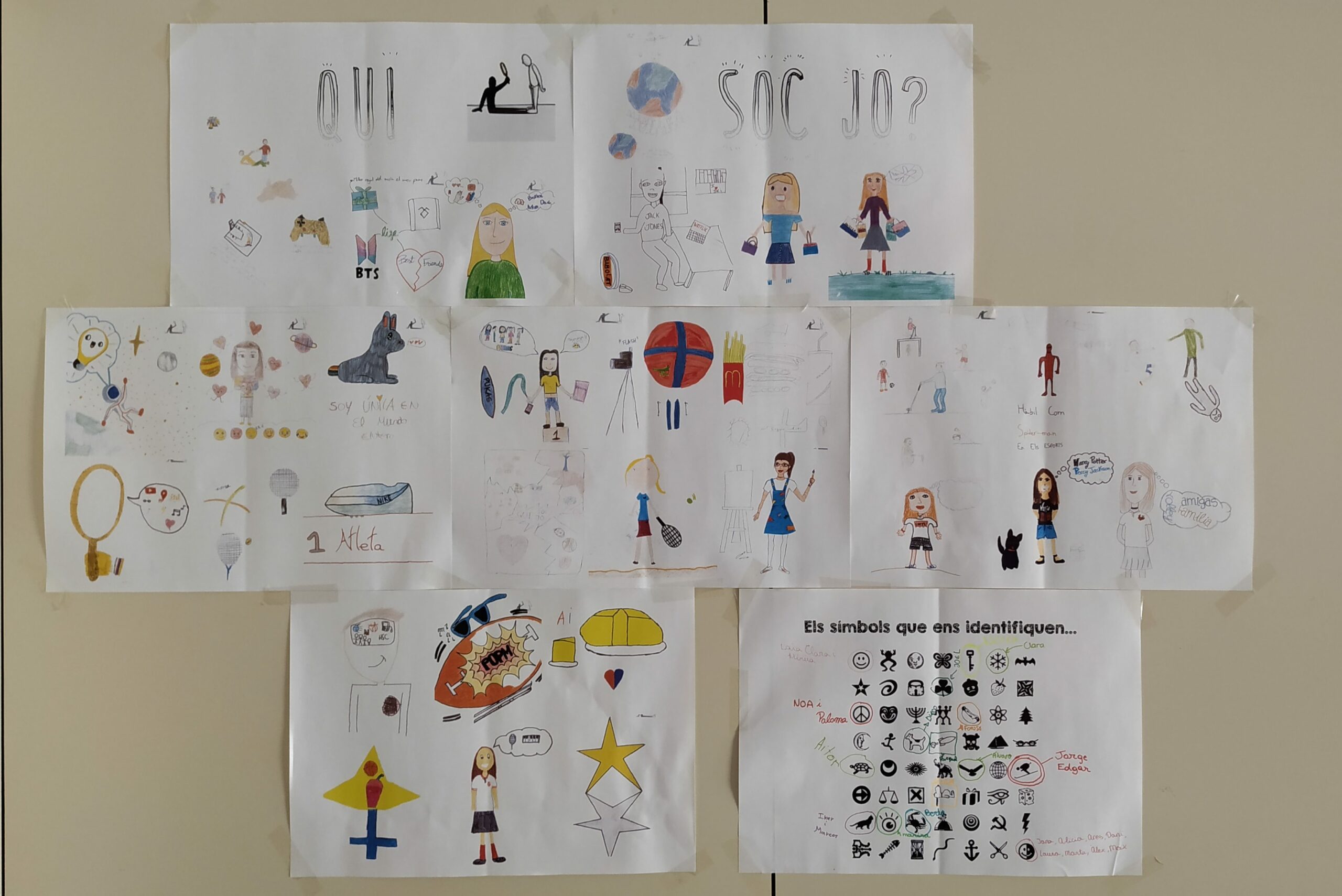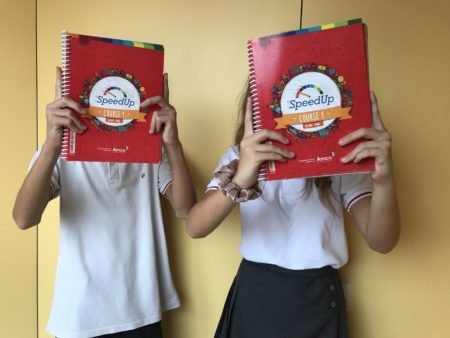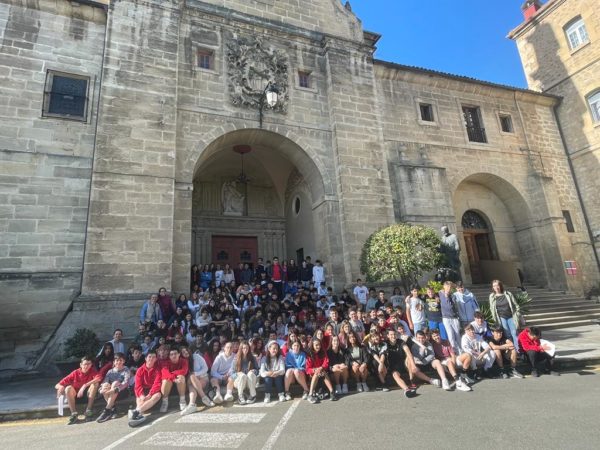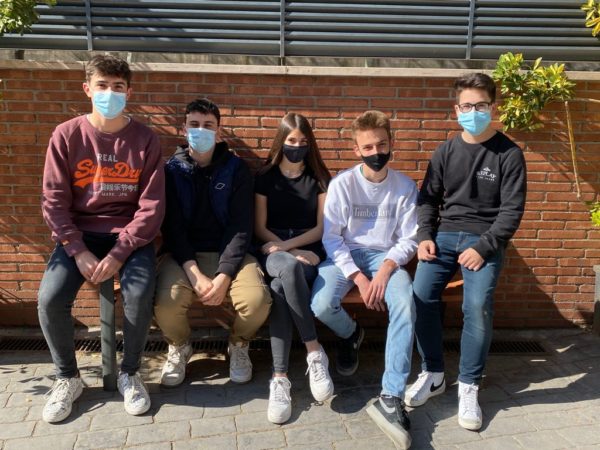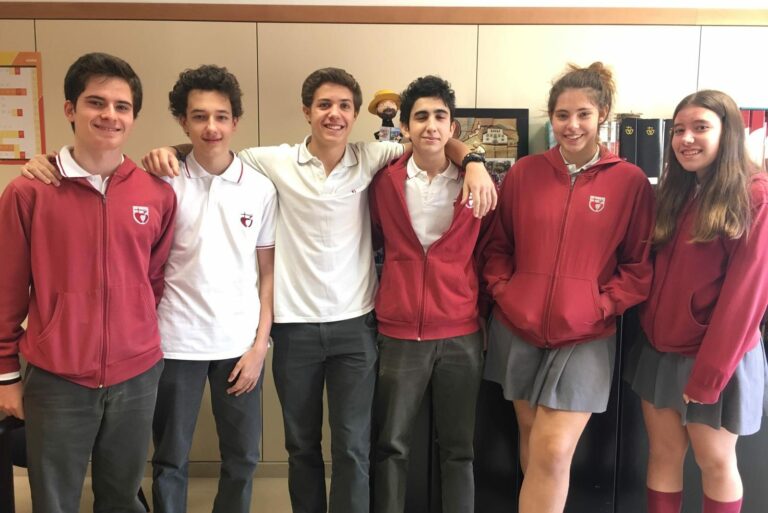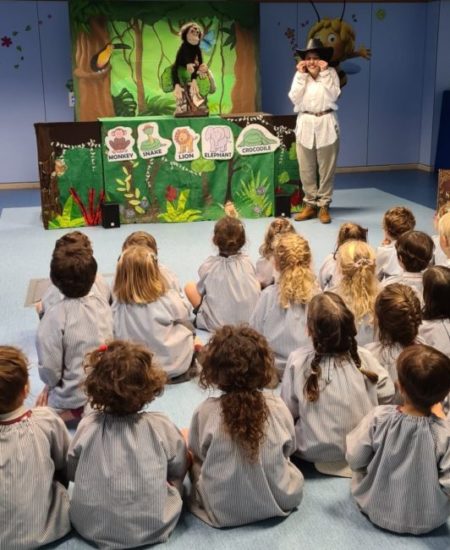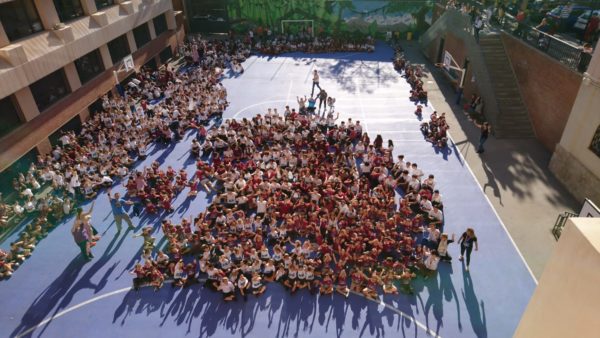Connect@t, a zero-sum project about adolescence
This year we have started the subject of “Projects” and we have dealt with the internalization of oneself and adolescence. To work and delve deeper into these aspects, we have done different activities within the “Connect@t” project.
The first activity we did was called “Who am I?” and consisted of drawing ourselves as we believe we are, in order to delve deeper into who we are. In the second activity we chose which of the symbols in an image (a happy face, a strawberry, a bat, a cheese, a snake, a moon, etc.) represented us the most and explained why. It was very interesting to learn about the different symbols that people chose and to know which people had put the same symbol as you. In the next activity we continued choosing. This time, those adjectives that most identified us from a given list (for example reserved/enthusiastic, impulsive/calm/nervous, etc.). First we defined them, then we chose them and finally our classmates told us which ones identified us the most. It was really very interesting to know how your classmates see you.
Once we had discussed aspects related to oneself, we focused on adolescence. To begin with, in groups, we made an acronym for the word “adolescence” in order to define it and then, at home, we did the same but instead of us doing it, our parents did it from their point of view and they explained to us what their adolescence was like. We also attended a conference by Montse Arall, the school's psychopedagogical teacher. In it, she defined adolescence and explained to us the physical and psychological changes and the stages, and the truth that helped many of us to know what was really happening with ourselves and our bodies at this stage in which we are.
Knowing all this, we made a mindmap to capture everything they had told us and we compared and contrasted our adolescence with that of our parents or relatives. In doing so, one of the conclusions we obtained was that we probably have it easier than our parents because we can find information whenever we want (although we have to be careful with what we read).
To continue delving into adolescence, we looked at its presence in the media. To begin, we listened to the song “We are teenagers” and did the “word-idea-phrase” thinking routine to analyze it. Then, we applied the “see-think-ask” routine to analyze different fragments of films about problems that can occur in adolescence. Then, each group had to do a role-play on this problem in order to analyze it with all the classmates. These activities made us reflect on problems and consider how we would solve them.
To finish the project we focused on ourselves and our class group again through the activity “Let's express how we feel”. We wrote how we felt about each member of the group. Each of us had a small piece of paper per person (even for the tutor) and we had to write following this format “I feel… (insert a feeling) when you… (something the other person does)… because… (the reason why I feel this way) and I would like… (what you would like to happen)”. Once everyone had written, we distributed them and each person received an envelope with all the messages. We think that this activity has made many people get along better with each other.
Finally we did a meta-reflection, to think about what you learned, how you learned it, what was easiest/difficult/new for me, why each activity we did is important, when I will be able to use it and what my opinion is of the activities carried out.
In conclusion, we really enjoyed this project and learned a lot about the stage we are living in, we felt identified and we learned from a more entertaining perspective.
Marta Menargues and Marina Escarvajal, (2nd year ESO students)

